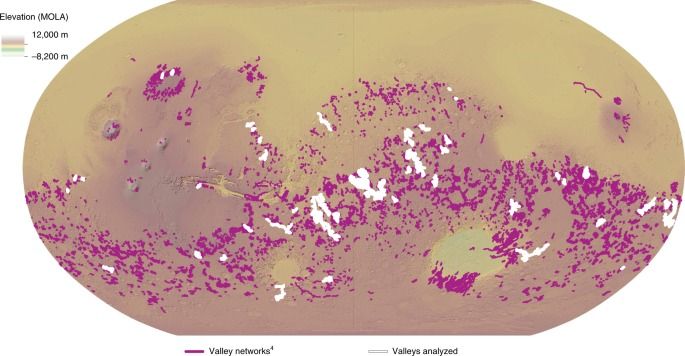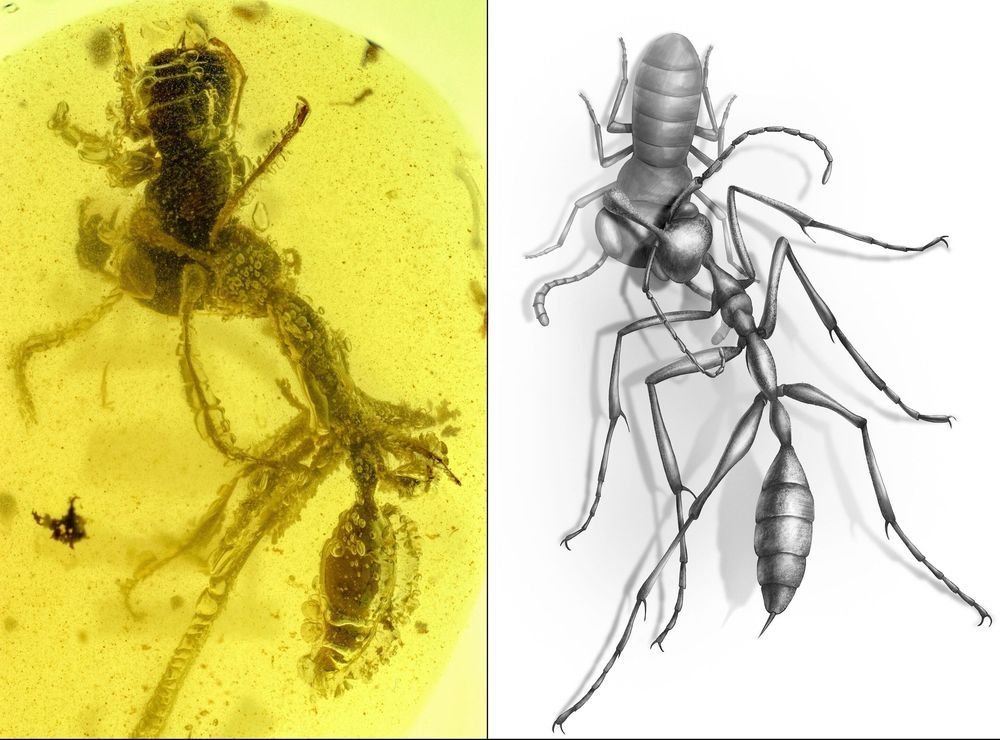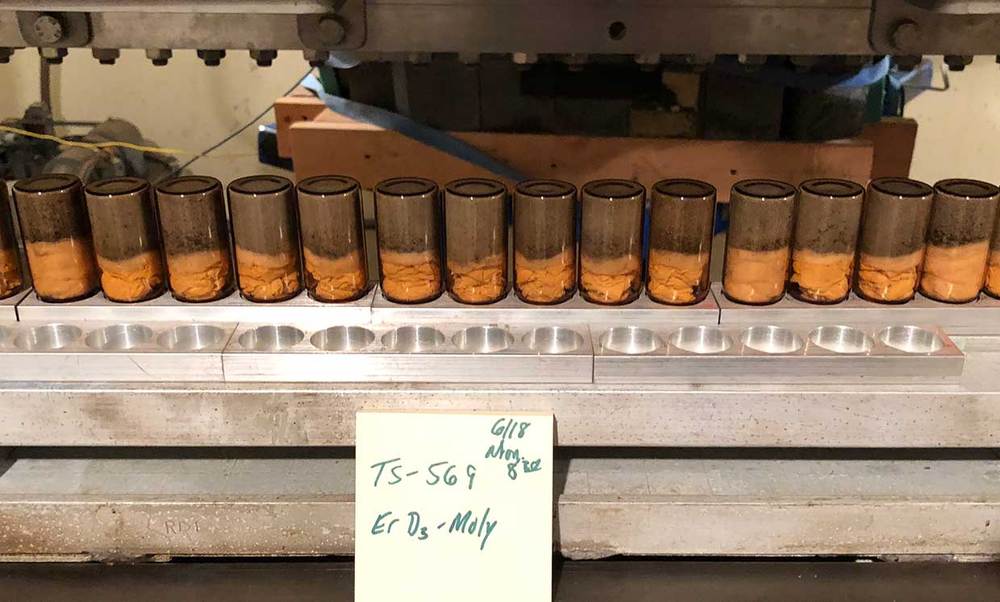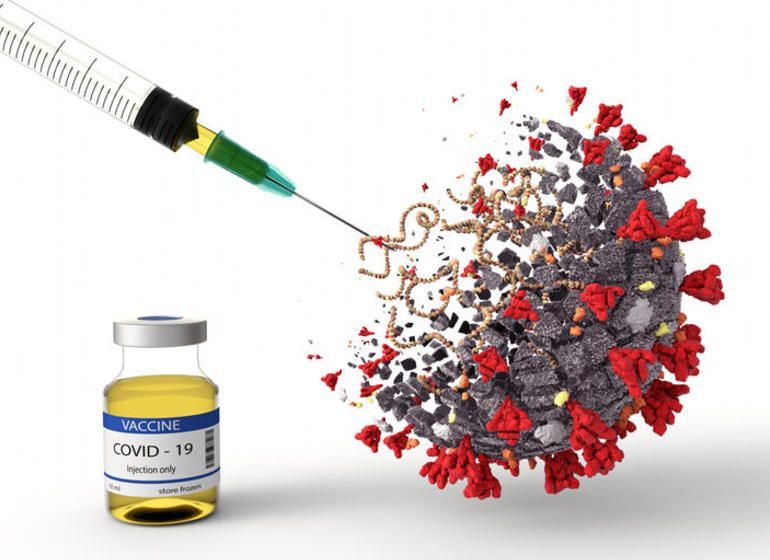By day, Carl Greninger is a Microsoft IT manager. By night, he’s a fusioneer who inspires students to master fusion science
Get the latest international news and world events from around the world.

Fossil mystery solved: Super-long-necked reptiles lived in the ocean, not on land
A fossil called Tanystropheus was first described in 1852, and it’s been puzzling scientists ever since. At one point, paleontologists thought it was a flying pterosaur, like a pterodactyl, and that its long, hollow bones were phalanges in the finger that supported the wing. Later on, they figured out that those were elongated neck bones, and that it was a twenty-foot-long reptile with a ten-foot neck: three times as long as its torso. Scientists still weren’t sure if it lived on land or in the water, and they didn’t know if smaller specimens were juveniles or a completely different species—until now. By CT-scanning the fossils’ crushed skulls and digitally reassembling them, researchers found evidence that the animals were water-dwelling, and by examining the growth rings in bones, determined that the big and little Tanystropheus were separate species that could live alongside each other without competing because they hunted different prey.
“I’ve been studying Tanystropheus for over thirty years, so it’s extremely satisfying to see these creatures demystified,” says Olivier Rieppel, a paleontologist at the Field Museum in Chicago and one of the authors of a new paper in Current Biology detailing the discovery.
Tanystropheus lived 242 million years ago, during the middle Triassic. On land, dinosaurs were just starting to emerge, and the sea was ruled by giant reptiles. For a long time, though, scientists weren’t sure whether Tanystropheus lived on land or in the water. Its bizarre body didn’t make things clear one way or the other.

Scientists Propose Adding Psychoactive Drug to our Water Supplies
It’s also worth noting that some water already naturally contains low amounts of lithium. And in research published last week in The British Journal of Psychiatry, scientists from a cohort of U.K. universities identified a link that naturally-present lithium and lower suicide rates.
Therefore, they suggest, more lives could be saved by putting the drug in high-risk communities’ water supplies.
“In these unprecedented times of COVID-19 pandemic and the consequent increase in the incidence of mental health conditions, accessing ways to improve community mental health and reduce the incidence of anxiety, depression and suicide is ever more important,” Anjum Memon, lead author and epidemiology chair at Brighton and Sussex Medical School, said in a press release.

Valley formation on early Mars
The southern highlands of Mars are dissected by hundreds of valley networks, which are evidence that water once sculpted the surface.
Some valleys in the southern highlands of Mars may have formed by subglacial erosion, consistent with a cold and icy early Mars, according to a statistical analysis of valley morphometry.


New fossil discovery shows how ancient ‘hell ants’ hunted with headgear
In findings published Aug. 6 in the journal Current Biology, researchers from New Jersey Institute of Technology (NJIT), Chinese Academy of Sciences and University of Rennes in France have unveiled a stunning 99-million-year-old fossil pristinely preserving an enigmatic insect predator from the Cretaceous Period—a ‘hell ant’ (haidomyrmecine)—as it embraced its unsuspecting final victim, an extinct relative of the cockroach known as Caputoraptor elegans.
The ancient encounter, locked in amber recovered from Myanmar, offers a detailed glimpse at a newly identified prehistoric ant species Ceratomyrmex ellenbergeri, and presents some of the first direct evidence showing how it and other hell ants once used their killer features—snapping their bizarre, but deadly, scythe-like mandibles in a vertical motion to pin prey against their horn-like appendages.
Researchers say the rare fossil demonstrating the hell ant’s feeding mode offers a possible evolutionary explanation for its unusual morphology and highlights a key difference between some of the earliest ant relatives and their modern counterparts, which today uniformly feature mouthparts that grasp by moving together laterally. The hell ant lineage, along with their striking predatory traits, are suspected to have vanished along with many other early ant groups during periods of ecological change around the Cretaceous-Paleogene extinction event 65 million years ago.



AI is learning when it should and shouldn’t defer to a human
The context: Studies show that when people and AI systems work together, they can outperform either one acting alone. Medical diagnostic systems are often checked over by human doctors, and content moderation systems filter what they can before requiring human assistance. But algorithms are rarely designed to optimize for this AI-to-human handover. If they were, the AI system would only defer to its human counterpart if the person could actually make a better decision.
The research: Researchers at MIT’s Computer Science and AI Laboratory (CSAIL) have now developed an AI system to do this kind of optimization based on strengths and weaknesses of the human collaborator. It uses two separate machine-learning models; one makes the actual decision, whether that’s diagnosing a patient or removing a social media post, and one predicts whether the AI or human is the better decision maker.
The latter model, which the researchers call “the rejector,” iteratively improves its predictions based on each decision maker’s track record over time. It can also take into account factors beyond performance, including a person’s time constraints or a doctor’s access to sensitive patient information not available to the AI system.
